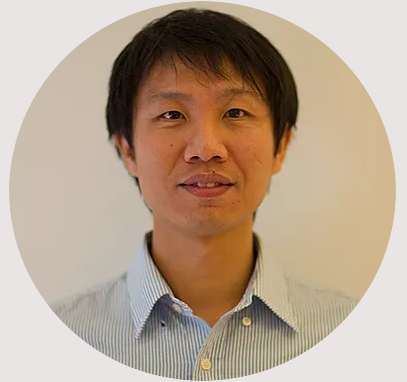即可将网页分享至朋友圈
由基础与前沿研究院主办的“基础论坛”第132期邀请到悉尼科技大学 Min-Hsiu Hsieh教授来校作学术交流。具体安排如下,欢迎师生们参加。
一、主 题:Learning quantum objects
二、主讲人:悉尼科技大学 Min-Hsiu Hsieh教授
三、时 间:2018年7月26日(周四)10:00
四、地 点:沙河校区通信楼818会议室
五、内容简介:

Quantum machine learning has received significant attention in recent years, and promising progress has been made in the development of quantum algorithms to speed up traditional machine learning tasks. In this work, however, we focus on investigating the information-theoretic upper bounds of sample complexity - how many training samples are sufficient to predict the future behaviour of an unknown target function. This kind of problem is, arguably, one of the most fundamental problems in statistical learning theory and the bounds for practical settings can be completely characterised by a simple measure of complexity.
Our main result in the paper is that, for learning an unknown quantum measurement, the upper bound, given by the fat-shattering dimension, is linearly proportional to the dimension of the underlying Hilbert space. Learning an unknown quantum state becomes a dual problem to ours, and as a byproduct, we can recover Aaronson's famous result [Proc. R. Soc. A 463:3089-3144 (2007)] solely using a classical machine learning technique. In addition, other famous complexity measures like covering numbers and Rademacher complexities are derived explicitly. We are able to connect measures of sample complexity with various areas in quantum information science, e.g. quantum state/measurement tomography, quantum state discrimination and quantum random access codes, which may be of independent interest. Lastly, with the assistance of general Bloch-sphere representation, we show that learning quantum measurements/states can be mathematically formulated as a neural network. Consequently, classical ML algorithms can be applied to efficiently accomplish the two quantum learning tasks.
六、主讲人简介:
Min-Hsiu Hsieh received his PhD degree in electrical engineering from the University of Southern California, Los Angeles, in 2008. From 2008-2010, he was a Researcher at the ERATO-SORST Quantum Computation and Information Project, Japan Science and Technology Agency, Tokyo, Japan. From 2010-2012, he was a Postdoctoral Researcher at the Statistical Laboratory, the Centre for Mathematical Sciences, the University of Cambridge, UK. He is now an Australian Research Council (ARC) Future Fellow and an Associate Professor at the Centre for Quantum Software and Information, Faculty of Engineering and Information Technology, University of Technology Sydney, Australia. His scientific interests include quantum information, quantum learning, and quantum computation.
基础与前沿研究院
2018年7月25日
编辑:王晓刚 / 审核:王晓刚 / 发布:陈伟


